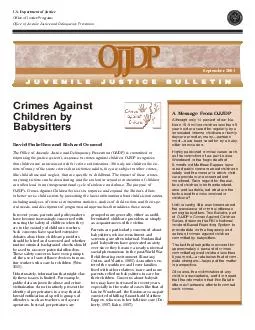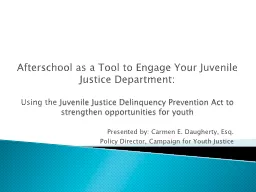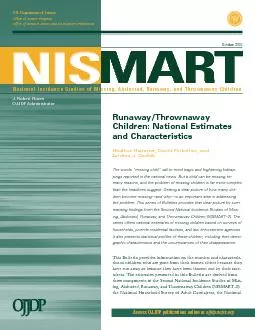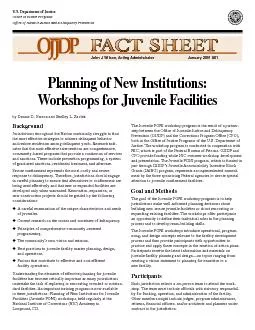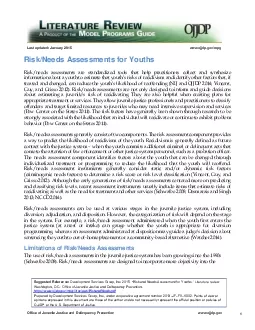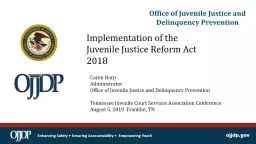PDF-Crimes Against Children by Babysitters David Finkelhor and Richard Ormrod The Office of
Author : pasty-toler | Published Date : 2015-02-21
OJJDP recognizes that children are at increased risk for crime victimization Not only are children the vic tims of many of the same crimes that victimize adults
Presentation Embed Code
Download Presentation
Download Presentation The PPT/PDF document "Crimes Against Children by Babysitters D..." is the property of its rightful owner. Permission is granted to download and print the materials on this website for personal, non-commercial use only, and to display it on your personal computer provided you do not modify the materials and that you retain all copyright notices contained in the materials. By downloading content from our website, you accept the terms of this agreement.
Crimes Against Children by Babysitters David Finkelhor and Richard Ormrod The Office of: Transcript
Download Rules Of Document
"Crimes Against Children by Babysitters David Finkelhor and Richard Ormrod The Office of"The content belongs to its owner. You may download and print it for personal use, without modification, and keep all copyright notices. By downloading, you agree to these terms.
Related Documents

